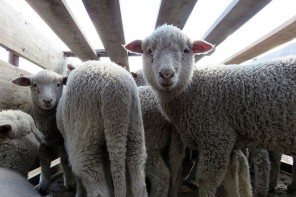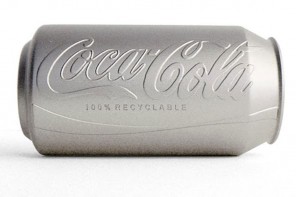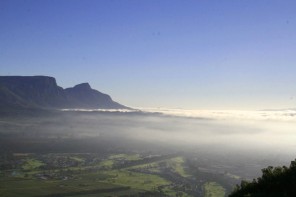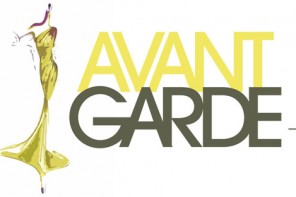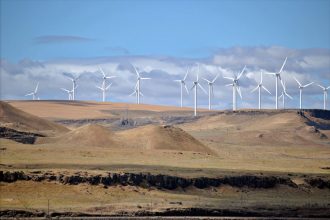In Denmark, in the eco-village of Hjortshoj near Aarhus, they are using new technologies and working together to carve out a sustainable lifestyle. It all began in the early 90s but the project has moved on since the early days when the ethos was very DIY!
One of the founders, Pierre Lecuelle, says “In the 80s we concentrated our attention on building materials, but now it’s more about saving energy. So we see that the latest groups are more concerned about energy consumption than building materials. It means people can move into the village with their own dreams, their ideas of utopia, their own needs… they can all find a place here.”
Two new groups of houses are being built in the village, including the first so-called passive house: it’s all green. The insulation uses woodwool up to 60 cm´s thick, and even the paint is organic. Annual energy consumption is drastically reduced. They are hoping to achieve consumption as low as 15 kilowatt-hours per square metre per hour, and are carrying out tests to see if they have got there yet.
On the land belonging to the village a plantation of willow trees is fertilised using urine from around 20 houses. The trees are felled every three years to provide heating fuel for the village and soon electricity will be co-generated too. Rain water is gathered and used in the communal laundries.
Pierre Lecuelle’s house in the eco-village uses 30 to 50% less heating energy than normal houses. It was built using rammed earth dug up as the foundations were laid, nearly 20 years ago. Energy consumption per square metre is around 60 or 70 kilowatts-hours a year as opposed to the 130 kilowatt-hours consumed by an average house.
Pierre Lecuelle says “The main thing is insulation. Here it is 30/35 cm´s on the roof, and 20 cm´s thick on the walls. Then there’s passive heating, I mean we must use the sun’s energy, and we have Trombe walls, which means that fresh air is pre-heated (by the sun) before it enters the house. And in the summer we heat all our water with solar panels.”
Hjortshoj isn’t only a collection of eco-houses however. It is also a collective lifestyle. Everyone contributes what they can and and everyone reaps the benefits. Someone may not have cared for goats before but in the eco-village everyone takes their fair turn.
Furthermore this oasis of green living isn’t only for the elite. Everyone can join in. There’s a choice of building a property, or renting – privately or state-aided… since the beginning the village has been open to all social groups.
For more information go to: http://www.ecovillage.dk
The liveeco team

